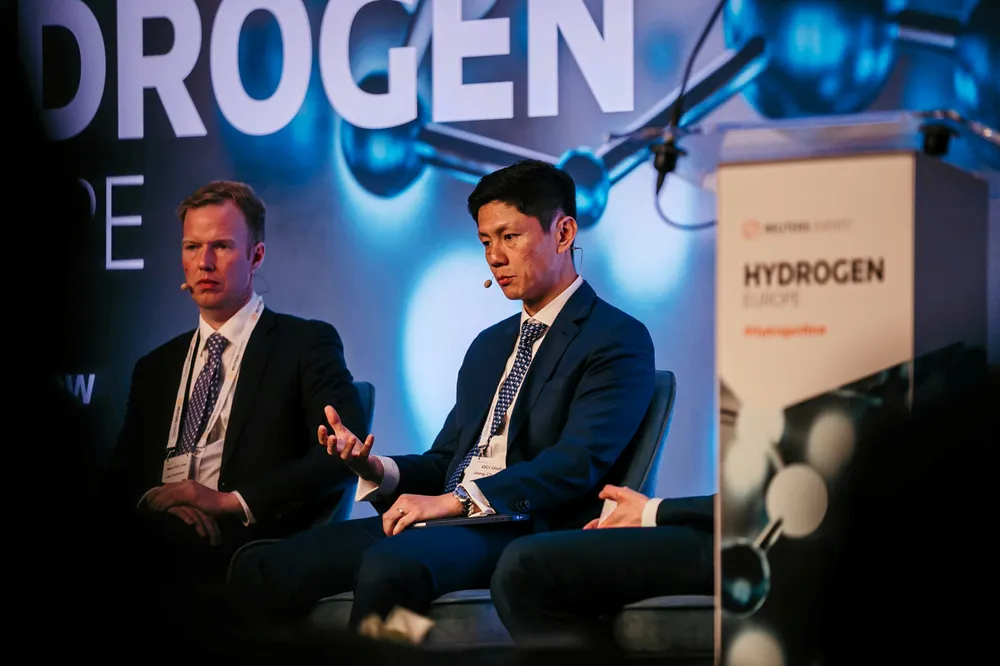Hydrogen-based fuels will mean shipping routes are redrawn — but which regions will benefit?
Ammonia and methanol will ‘eat more fuel’ and require new infrastructure, say industry executives

Ammonia and methanol will ‘eat more fuel’ and require new infrastructure, say industry executives
